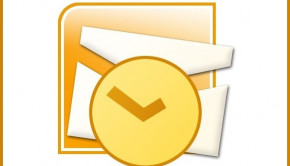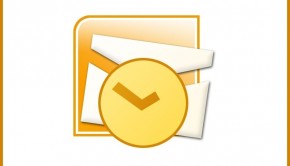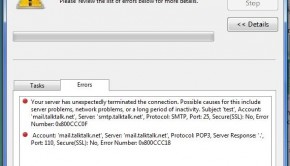Protocol Troubleshooting
Reader Question:
“Hi Wally, I am having problems with Protocol and wondering how to fix it?” - Katie Y., USA
Before addressing any computer issue, I always recommend scanning and repairing any underlying problems affecting your PC health and performance:
- Step 1 : Download PC Repair & Optimizer Tool (WinThruster for Win 10, 8, 7, Vista, XP and 2000 – Microsoft Gold Certified).
- Step 2 : Click “Start Scan” to find Windows registry issues that could be causing PC problems.
- Step 3 : Click “Repair All” to fix all issues.
Setting up weekly (or daily) automatic scans will help prevent system problems and keep your PC running fast and trouble-free.
Wally’s Answer:
Overview of Protocol
People rely heavily on email in their day to day personal and business life. One of the biggest advantages of email is its ability to send and receive attachments like pictures and documents.
There are several protocol standards for handling email attachments but MIME is the most popular. MIME stands for Multipurpose Internet Mail Extensions. Binhex is the next most popular transmission protocol used for managing email attachments. These transmission protocols convert the attachment into data packages that can be transmitted over the Internet.
When the email is received, these same protocols convert the data packages back into their original format. It is important to understand that both the sender’s and receiver’s email client must use the same transmission protocol. Binhex cannot convert data packages that were created by MIME.
The vast majority of email clients like Outlook and Thunderbird use MIME. Many are equipped with multiple transmission protocols so an attachment sent by an email service that encoded the attachment with Binhex can still be properly converted by a recipient who is using Thunderbird, for instance.
What Problems are Associated with Protocol?
One of the most common transmission protocol error messages a user will receive is, “MIME Error parsing header.” This means that the transmission protocol, in this case, MIME, cannot decipher the email attachment properly. This is usually because the transmission protocol is not properly configured in the email client.
Many email clients and email services will allow the user to enable or disable various transmission protocol standards. If the transmission protocol used to encode an attachment is not enabled, the attachment cannot be opened or downloaded.
Sometimes, the attachment arrives and is converted with no apparent issues. When the attachment is opened, however, the content is not what the user expects. This is most common with documents written in a non-Latin based language like Bulgarian or Farsi. When the document is reconstructed, if the transmission protocol does not have the same language packages enabled as the computer the document was created on, the content will often contain many unusual characters and be unintelligible.
Enabling the proper language packages to work with the transmission protocol can be done in the settings of the email client or email service provider. Often the computer will need to be rebooted before the attachment can be properly reconstructed.
I Hope You Liked This Blog Article! If You Need Additional Support on This Issue Then Please Don’t Hesitate To Contact Me On Facebook.
Is Your PC Healthy?
I always recommend to my readers to regularly use a trusted registry cleaner and optimizer such as WinThruster or CCleaner. Many problems that you encounter can be attributed to a corrupt and bloated registry.
Happy Computing! ![]()

Wally's Answer Rating
Summary: Every Windows Wally blog post is evaluated on these three criteria. The average of all three elements determines an "Overall Rating" for each blog post.













